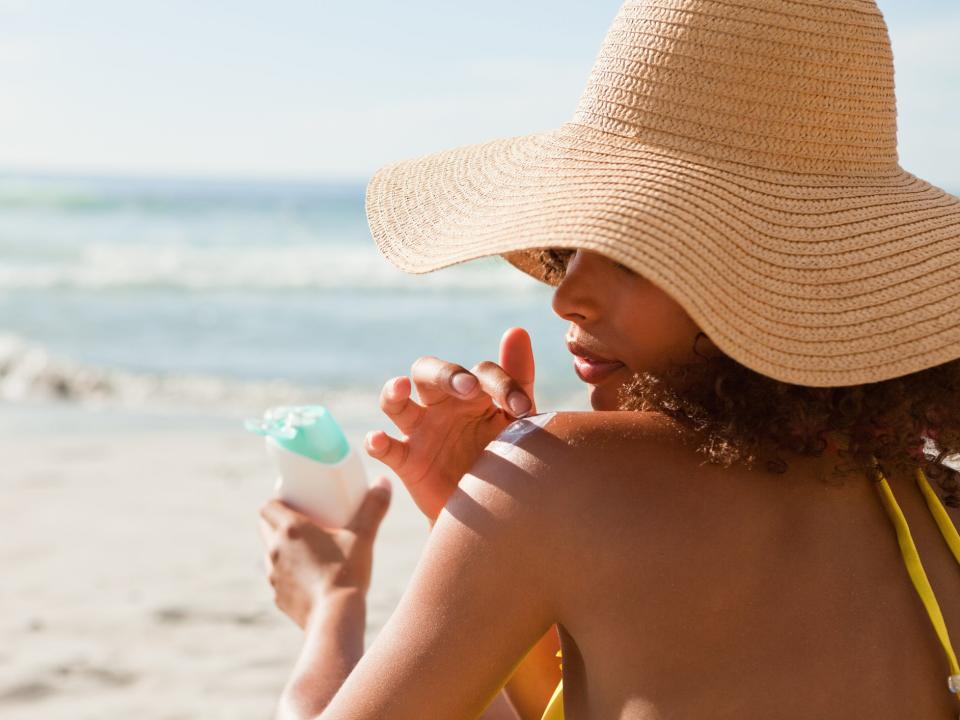How much sunscreen you need to apply, according to dermatologists

With temperatures reaching sweltering highs this August, slathering on sunscreen will be necessary to keep your skin safe from damage.
But with different brands, SPFs, formulas, and methods of applying, it can be difficult to decipher just how much sunscreen you need to keep protected in the summer rays.
Fortunately, most dermatologists recommend a few main sunscreen application tips to keep your skin happy and safely out of the lobster-red zone.
According to the American Academy of Dermatology (AAD), the first thing you need to know is how much sunscreen you need to apply.
Although most people are aware that sunscreen needs to be reapplied, knowing how much to use is an integral part of the equation – especially because the application process varies when it comes to different formulas.
As a general rule for lotions and creams, the AAD recommends following the guideline of one ounce, or enough sunscreen to fill a shot glass, and then adjusting from there depending on your body size.
It may seem like a lot, but a shot glass-full dollop of sunscreen is typically enough to cover the exposed areas of the body from head to toe.
Sunscreen sprays are often considered less of a hassle than lotions, but it also means you need to be especially careful when applying in order to get the full SPF amount – and to keep from missing a spot on your body.
The necessary amount of coverage requires at least six seconds of spraying in each spot – roughly four seconds more than most people use.
Those opting for spray sunscreen should also rub the formula into the skin after spraying, especially if you are already outdoors, as the method can result in uneven coverage and unprotected skin, according to the AAD.
With sticks, often used for facial coverage, applying generously all over the face at least twice is recommended – and remembering your ears and eyelids is key.
As for the SPF and traits to look for in a sunscreen, the AAD recommends choosing a sunscreen that is at least 30 SPF or higher and offers broad-spectrum protection against both UVA and UVB rays.
Water resistance is also an important factor if you are planning on swimming.
And before you head outside, make sure your sunscreen hasn't expired – most formulas last about two years before they need to be replaced.
Read more
10 best kids’ paddling pools that they can splash around in
13 best kids’ sunscreens that protect sensitive skin
11 best facial sunscreens: Non-greasy SPFs for daily protection

